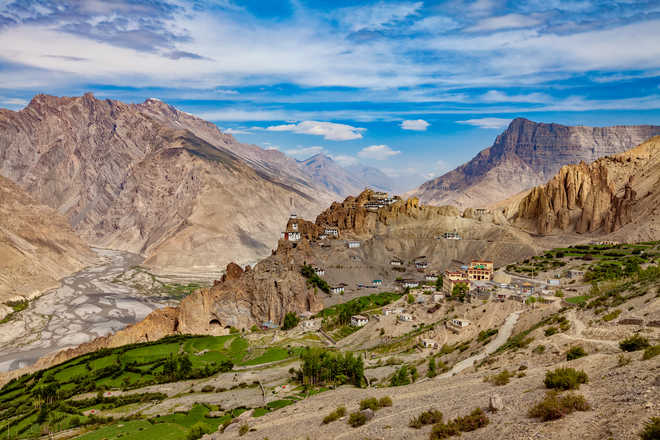New Delhi: India on Tuesday announced its intention of developing remote villages along its ‘northern borders’ to bring in infrastructure, roads and communication networks to these areas. These villages are near the Line of Actual Control (LAC) — the de facto boundary with China — in eastern Ladakh, Himachal, Uttarakhand, Sikkim and Arunachal.
Border villages with sparse population, limited connectivity and infrastructure were often left out of development schemes, said Finance Minister in her Budget speech. “Such villages on the northern border will be covered under the new Vibrant Villages Programme,” said Sitharaman. The description ‘northern borders’ is used for the Himalayan frontier with China. The programme will include construction of village infrastructure, housing, tourist centres, road connectivity, provisioning renewable energy, direct-to-home access for Doordarshan and educational channels and support for livelihood generation, the Finance Minister said.
Additional funding for these activities will be given. The existing schemes would be converged, the Minister said. The move comes just months after it emerged that China had built villages along the LAC on its side for dual use — can house military troops, if needed. These villages are self-sustaining.
On the Indian side, some of the villages do not even have mobile connectivity, while regular power supply — not from locally stationed diesel generator sets — is just about reaching the last villages. With an increased military focus on the LAC, infrastructure has to be ramped up. In a report in November last, the US Department of Defence had said that China had built a large 100-home civilian village inside disputed territory between its Tibet Autonomous Region and Arunachal Pradesh.
Border infra programme
- The villages near the LAC in Ladakh, HP, Uttarakhand, Sikkim and Arunachal will be developed under the Vibrant Villages Programme
- The programme will include construction of village infrastructure, housing, tourist centres, road connectivity, etc
- The move comes months after it emerged that China had built villages that can even house military troops, if needed


